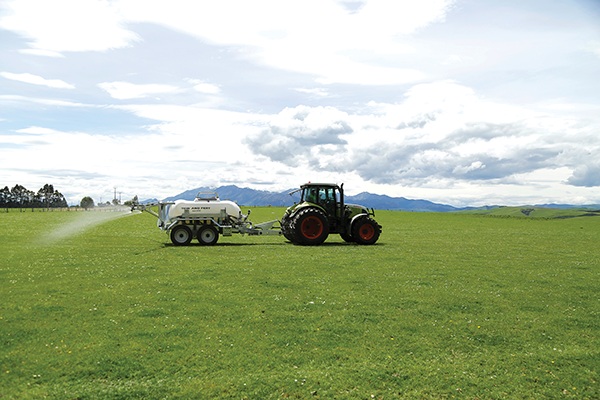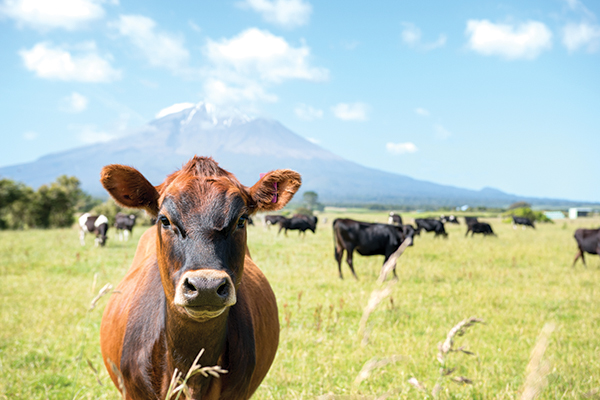Spring of 2012 was the start of what was to become a landmark study on the effects of a fresh probiotic formulation, CalfBrew®, on the performance of dairy calves. 296 calves on three farms were included in this MPI Sustainable Farming Fund (SFF L12-083) and DairyNZ funded study undertaken by the Clutha Agriculture Development Board.
Early results showed the use of the fresh, intact probiotic increased the rate of calf growth by up to 10%.
As adults, the treated calves produced significantly more milk solids and were also less likely to die and more likely to remain in the herd. The Director of Otago University’s Agricultural Innovation programme, Professor Craig Bunt (an independent scientist who has not been paid or employed by BioBrew Ltd) comments:
“Long-term research across multiple farms has helped to identify not only the immediate potential but the longer-term financial payback of agricultural probiotics. Innovative products such as probiotics have perhaps been held back by an over-reliance on anecdotes.
“The research into CalfBrew took anecdotal comments to help develop sound and robust research.”
How best to use probiotics without excessive marketing promises becomes the next challenge. It’s questions such as this that the Agricultural Innovation programme at the University of Otago aims to provide students with the tools and skills to tackle. Bunt has collaborated with BioBrew Ltd over many years to deliver high quality and better understanding of exactly what a probiotic is (and isn’t).
“Innovation has never been solely limited to the laboratory but there is a perception that agriculture isn’t an innovative industry. To sustainably produce the world’s food, agriculture continues to tackle some of the biggest challenges facing society, such as climate change and anti-biotic resistance.
“It will be products such as probiotics that will help to produce food not only better and more sustainably, but with fewer inputs such as anti-biotics.”
Ultimately, the benefits associated with CalfBrew® equated to a 14 to 1 return on investment.





